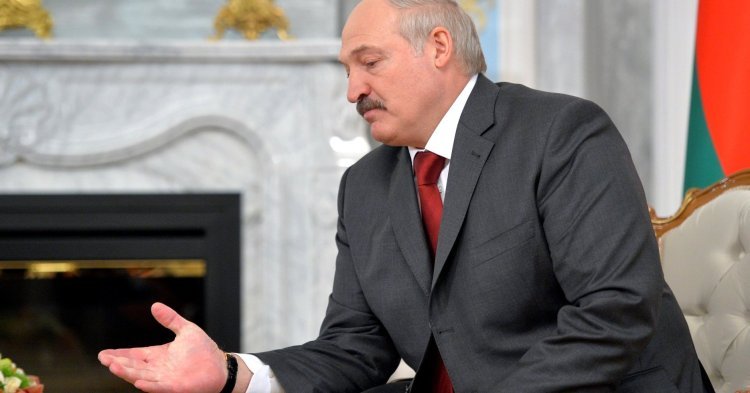During its quarter of a century of independence, Belarus has never cut ties with Russia. The special relationship between the countries has been based strongly on President Alexander Lukashenko’s will and vision. Lukashenko, the incumbent President since 1994, has guaranteed that Moscow has had at least one friend to its west. In exchange, Russia has offered a steady supply of cheap oil and gas, and a market for Belarusian goods.
For a long time the deal seemed to work well for both sides. Between 2000 and 2012 Russia returned to a significant position in world trade and in the same period Belarus more than sextupled its GDP. Problems started in 2014 when Russian economy was hit by economic sanctions and a record-low oil price. This affected Belarus: in only one year the GDP dropped by almost 30 percent.
The situation is changing not only financially but also politically. When Russia went to war in Crimea and Syria, Belarus declared to stay neutral and hosted multiple summits between Ukraine, Russia and the OSCE. At the same time the relationship with the EU got better. In February 2016, the EU lifted sanctions against 170 individuals and repeated a commitment to support a changeover to democracy.
At the moment Belarus is not a democracy by any measurement. It’s the only country in Europe to retain death penalty. In the World Press Freedom Index, Belarus is the 157th out of 180 countries, and the country ranks 166th out of 192 in regulatory quality. In many welfare indicators Belarus holds the last place in Europe. And, of course, the fact that the president has not changed in 23 years tells something.
However, some change might be seen ahead. The ongoing recession has driven the government to the edge. For example in February 2017 the government introduced a “law against social parasites” which would require unemployed work force to pay money to replace lost taxes. All in all, financial support from the EU would be much needed and the remaining question is, whether Belarus’s political dynasty, led by President Lukashenko, can take more steps towards the west without a serious response from Moscow.
There are of course those who are sceptical over the EU’s friendly policy. Belarusian political activist Ales Bialiatski has called lifting sanctions dangerous. In his view, President Lukashenko is using the confrontation between the east and the west to gain benefits without willing to change the system.
The situation in Belarus will remain vague and EU’s must keep its eyes on the east. As the Finnish Institute of Internal Affairs writes: “The time may be ripe, however, to start thinking about the previously unthinkable, be it economic collapse in Belarus, radical internal transformations or an externally-triggered crisis. All of these scenarios would require a much higher level of preparedness, commitment and resources from Europe.”
Some signs of the current state of the Belarus–Russia relationship can be seen next autumn when both countries take part in a massive military exercise, Zapad 2017, in Russia’s western military district and potentially also in Belarus.

Follow the comments: |
|
